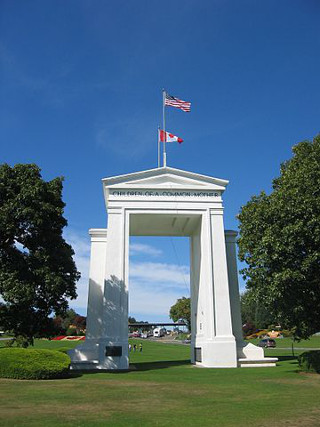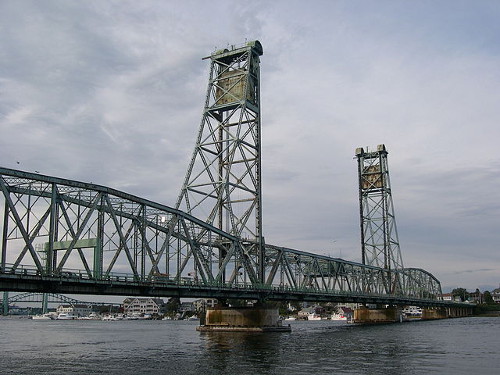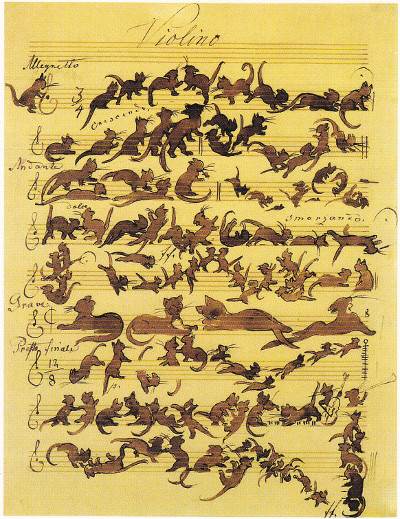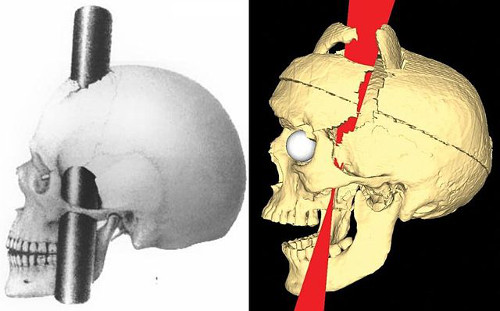
Circling the earth aboard Friendship 7 in 1962, John Glenn had an odd encounter:
The strangest sight of all came with the very first ray of sunrise as I was crossing the Pacific toward the U.S. I was checking the instrument panel and when I looked back out the window I thought for a minute that I must have tumbled upside-down and was looking up at a new field of stars. I checked my instruments to make sure I was right-side-up. Then I looked again. There, spread as far as I could see, were literally thousands of tiny luminous objects that glowed in the black sky like fireflies. I was riding slowly through them, and the sensation was like walking backwards through a pasture where someone had waved a wand and made all the fireflies stop right where they were and glow steadily. They were greenish yellow in color, and they appeared to be about six to 10 feet apart. I seemed to be passing through them at a speed of from three to five miles an hour. They were all around me, and those nearest the capsule would occasionally move across the window as if I had slightly interrupted their flow. On the next pass I turned the capsule around so that I was looking right into the flow, and though I could see far fewer of them in the light of the rising sun, they were still there. Watching them come toward me, I felt certain they were not caused by anything emanating from the capsule. I thought perhaps I’d stumbled into the lost batch of needles the Air Force had tried to set up in orbit for communications purposes. But I could think of no reason why needles should glow like fireflies, nor did they look like needles. As far as I know, the true identity of these particles is still a mystery.
They seem to have been ice crystals, flakes of frost shed by the capsule and illuminated by the sun. Scott Carpenter saw a similar display on the next Mercury mission, Aurora 7, a few months later.
(John Glenn, “If You’re Shook Up, You Shouldn’t Be There,” Life, March 9, 1962.)









